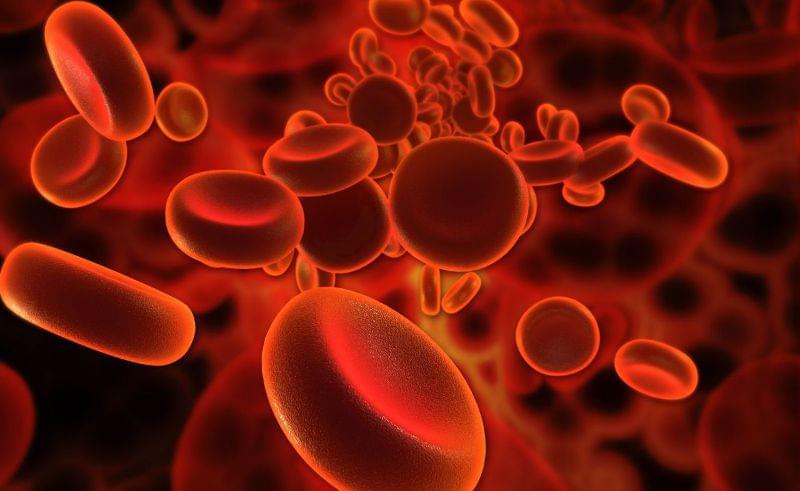
What is Anemia?
Anemia, also known as iron deficiency, is a common and significant health issue, particularly prevalent in childhood and women of reproductive age. Anemia occurs when the body does not have enough red blood cells to transport oxygen, leading to oxygen deficiency in tissues.
Causes of Anemia
The most common type of anemia is iron deficiency anemia. Other causes include vitamin B12 and folate deficiency, blood loss, the destruction of red blood cells in blood vessels or the spleen, chronic infections, rheumatoid diseases, bone marrow diseases, leukemia, myelodysplastic syndromes, multiple myeloma, and aplastic anemia.
Symptoms of Anemia
The most common symptoms of anemia include fatigue, easy tiredness, exertional palpitations, shortness of breath, hair loss, brittle nails, sleep disturbances, and concentration problems. Mouth sores and cracks on the corners of the lips may also be present.
Anemia and Food Cravings
Although uncommon, individuals with anemia may experience an excessive craving for non-food items such as dirt, clay, coffee grounds, lemon peel, or paper, which is known as pica. These cravings are often a response to nutritional deficiencies in the body.
Anemia Treatment
Anemia is not a disease itself, but the result of another underlying condition. Nutritional deficiencies, excessive menstrual bleeding, gastrointestinal tract bleeding, and other causes are the main contributors. Iron deficiency anemia, for example, requires treatment by replenishing the missing nutrients such as iron or vitamin B12. In some cases, blood transfusions may also be necessary. Treating the underlying cause of anemia is crucial for effective management. Additionally, iron deficiency anemia can sometimes be a sign of underlying diseases like stomach and colon cancer, and early detection may be possible through this symptom.

